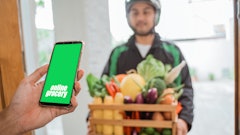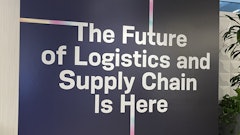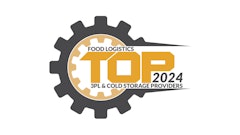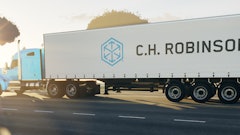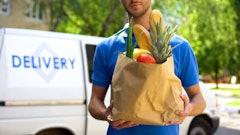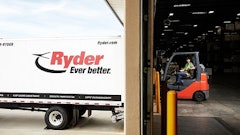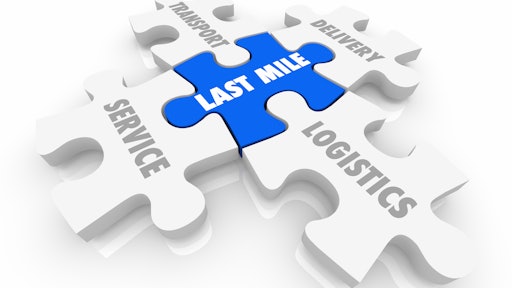
The growth in e-commerce is attracting a great deal of attention to the last mile. According to the U.S. Census Bureau, total U.S. e-commerce sales for 2020 were estimated at $791.7 billion, an increase of 32.4% from 2019. In 2019, total U.S. e-commerce sales increased 14.9% from 2018 to an estimated $601.7 billion in sales.
The last mile is said to the final step of the delivery process from a distribution center or facility to the end-user.
However, the last mile is also considered by industry analysts to be the most expensive in terms of logistics costs. According to a Cap Gemini study, last-mile costs account for about 40-50% of the entire supply chain.
As e-commerce grows and brick-and-mortar retailers expand their omnichannel capabilities, the last mile is in the spotlight in lowering costs and speeding it up.
Over the years, last-mile delivery providers have invested heavily into their networks to reduce costs, helping redefine where the last mile is - the next-door neighbor, a third-party location, a locker, or elsewhere to reduce their costs further.
Despite these reduction in costs, the cost savings are not being passed on to shippers.
The Coronavirus disease (COVID-19) sped up the adoption of e-commerce offerings for many shippers, but also sped up shipping costs as demand from customers grew. In response, last-mile delivery providers introduced new surcharges and increased existing ones while limiting capacity for some shippers.
Last-mile solutions
As such, the industry is experiencing a burst of creative solutions from shippers, third-party logistics (3PLs) providers and technology providers to lower costs while at the same time helping to provide the speed in delivery that customers now expect.
Brick-and-mortar shippers are fulfilling e-commerce orders in stores and offering curbside pickup services. For those customers that need items quicker, many shippers have partnered with crowd-sourced platforms.
In addition, there’s also fulfillment on-demand services, allowing shippers to place inventory in specific locations to meet local demand. These on-demand service providers also offer last-mile delivery services for shippers needing additional capacity and/or for faster delivery times.
While most of the fulfillment on-demand services' last-mile networks are limited, some have announced an expanded nationwide two-day express delivery within the Continental U.S. How well this compares to other offerings remains to be seen, but it does provide the extra capacity many shippers are looking for.
3PLs are also getting into the last-mile game by partnering with various providers, including crowd-sourced platforms, regional carriers and the USPS.
Technology
To provide such last-mile delivery options and to fulfill from stores and/or from warehouses requires cloud-based technology connecting the middle mile to the last mile. The middle mile is anything that travels from port to distribution center, distribution center to distribution center or distribution center to store.
According to a McKinsey Global Survey of executives, companies have accelerated the digitization of their customer and supply chain interactions and their internal operations by 3-4 years.
According to a Manhattan Associates survey, 85% of surveyed retailers ranked inventory accuracy as a top priority to improve buy online, pick up in-store (BOPIS) and curbside pickup options.
Managing transportation is another priority as shippers face delivery delays and capacity constraints.
Measuring success
It has been an extraordinary time for shippers. COVID-19 has created many challenges and spurred e-commerce growth at a faster rate in just a short period. Shippers continue to adapt and have added more last-mile providers, invested in technology and introduced new services such as BOPIS and curbside pickup.
The way shippers used to measure success before COVID-19 is now perhaps different as many shippers will now take whatever capacity is available at almost any price. However, it should not be that way. More than ever, shippers need to monitor costs while still offering the services that their customers expect. There are a growing number of options for last-mile and technology services. Understand your options, and most importantly, be sure your supply chain is adaptable and can withstand sudden changes.













